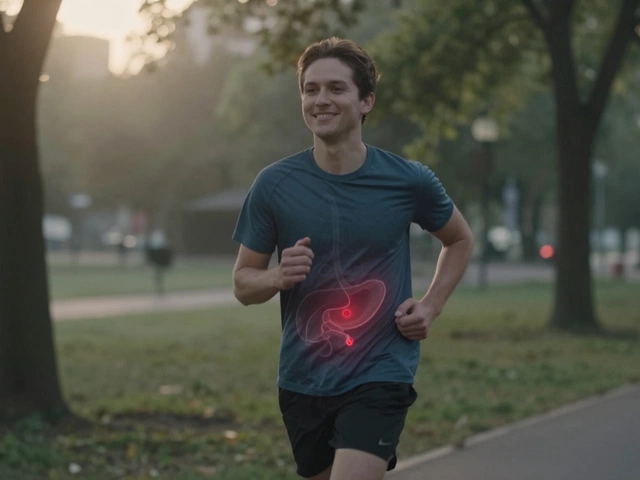Mobility Made Simple: Quick Tips to Move Better After Surgery or Injury
Got a knee replacement, a sprained ankle, or just feeling stiff? Regaining mobility isn’t about magic—it’s about a few everyday actions you can start right now. Below you’ll find easy steps that cut down pain, speed up healing, and keep you safe while you get back on your feet.
Start Small, Stay Consistent
When you’re fresh out of the doctor’s office, even standing up can feel like a mountain. Begin with short, seated stretches that target the muscle groups around the affected joint. For a knee replacement, try a simple heel‑slide: sit with your leg straight, gently slide the heel toward the buttock, hold for three seconds, then release. Do this 10‑15 times each session, three times a day. The key is consistency—your muscles remember the motion and rebuild strength faster than a once‑a‑week marathon.
Walking aids such as crutches or a walker are your friends, not signs of weakness. Use them to stay mobile without overloading the healing joint. Aim for short walks around the house, then gradually extend the distance as the pain eases. If you can’t walk without a cane yet, try marching in place while holding onto a sturdy chair. That small cardio boost helps circulation, which delivers nutrients to the injury site.
Protect Your Body While You Move
Safety matters more than speed. Before you hop onto the bathroom floor after knee surgery, set up grab bars or a sturdy chair for support. When you’re getting up from a seated position, push through your heel and keep the weight on the front of your foot—this reduces strain on the knee cap.
For everyday chores, think “modify, not avoid.” While cooking, place a rolling cart at waist height so you don’t bend over the sink. When sweeping, use a lightweight broom with an extended handle to keep the back straight. Small adjustments keep the repaired joint safe and prevent new injuries.Hydration and nutrition are often overlooked but essential. Water helps keep joint fluid lubricated, while protein and vitamin C support tissue repair. Aim for a glass of water every hour and include lean meat, beans, or dairy in each meal.
Finally, listen to your body. Sharp, sudden pain isn’t a sign of progress—it’s a warning to back off. If an exercise feels uncomfortable, reduce the range of motion or switch to a lower‑impact alternative like swimming or stationary cycling, once cleared by your doctor.
Mobility isn’t a race; it’s a steady climb. By starting with gentle, repeatable movements, using supportive tools, and adjusting daily habits, you’ll notice stronger joints, less pain, and confidence to tackle more activities each week. Keep at it, and soon you’ll be moving with ease, not just getting by.

How Do You Pee After Knee Replacement? Simple Solutions and Smart Tips
Getting to the bathroom after knee replacement is no small feat, especially in the first few days. This article unpacks smart ways to safely and comfortably use the toilet while your knee heals. It covers what works, what to avoid, and how to set up your bathroom for easy access. With practical tips, common obstacles, and tricks people actually use, you'll know exactly what to expect. Stay safe, stay dry—here's how to handle it when nature calls after knee surgery.

Does Stiffness Ever Go Away After Knee Replacement?
Knee stiffness after a knee replacement can feel like it’ll never leave, but that’s not always the case. Recovery looks different for everyone—some people bounce back quickly, while others wrestle with tightness for months. The article tackles what causes post-surgery stiffness, who’s most at risk, and what can be done to help. Get practical tips for regaining mobility and find out the signs when it’s time to call your doctor. Real-life advice and straight talk—no sugarcoating.

Essential Limitations After Knee Replacement Surgery
Knee replacement surgery brings a new lease on life for individuals experiencing chronic knee pain, but it's vital to be aware of certain activity restrictions. Understanding permanent limitations ensures that the longevity of the implant is preserved. Commonly restricted activities often include high-impact sports and heavy lifting. However, with appropriate rehabilitation, many can enjoy an active lifestyle. Adapting to these changes can significantly influence a successful post-operative journey.

Is Gabapentin a Controlled Substance?
Mar, 4 2025



